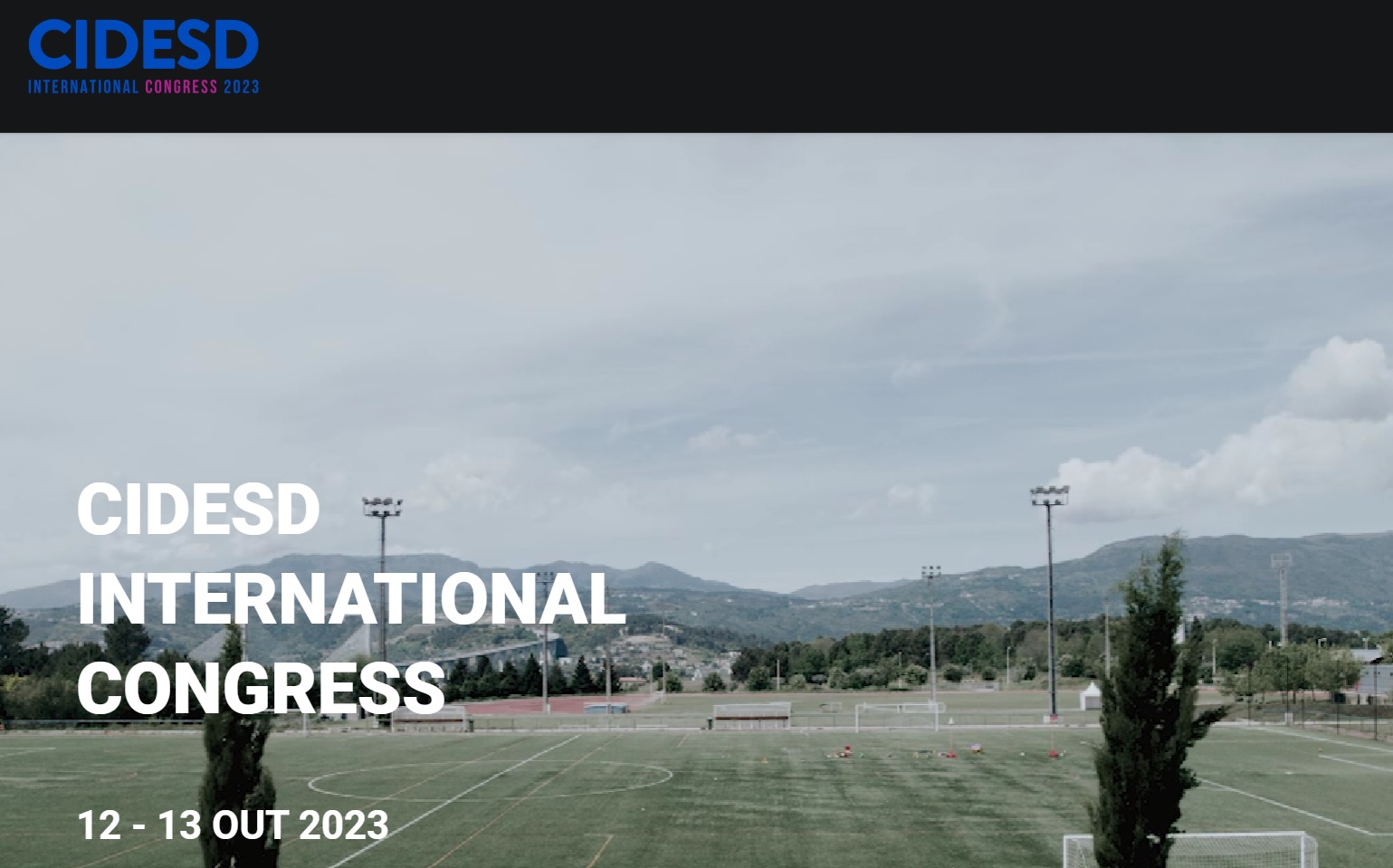Effects of playing with two balls on team lines’ motor behaviour during simulated football matches
DOI:
https://doi.org/10.6063/motricidade.31742Abstract
Successful football performance primarily depends on the players’ adaptability to uncertainty. In competition, coaches organise players in lines to enhance collective tactical patterns and reduce this uncertainty, whereas, in practice, they design alternative scenarios to modify footballers’ possibilities of (inter)action and compel them to readjust. This study compared the consequences of playing with two balls on the motor behaviour of two academy football teams. Forty-four highly trained, developmental players from U14 and U16 teams of the same club took part in the study, which consisted of two simulated, 60-minute football matches (ten vs ten plus goalkeepers) with all the official regulatory conditions. Both teams used their regular 1-4-4-2 formation. Using a GPS, team lines’ tactical and conditional performances were obtained from positional data. Mann-Whitney U, with Eta squared (η2) effect size, and t-test, with Cohen’s d (Cohen, 1988), were used to check the impact of the extra ball on the distances between lines and the total and high-speed running (above 4.6 m/s for U14, and 4.9 m/s for U16 [Goto et al., 2015]) distances travelled by each line. The following tactical results were found for both categories: the distances between the goalkeepers and the defensive lines were much shorter when playing with two balls (U14: p < .0001; η2 = .163; U16: p < .0001; η2 = .32), while the distances between defensive and mid-fielding lines grew longer (U14: p < .0001; η2 = .164; U16: p < .0001; η2 = .396) with the extra ball. However, the distance between midfielders and strikers decreased trivially for U14 (p = .0008; η2 = .001) and increased moderately for U16 (p < .0001; η2 = .133) during the two-ball condition. In regards to the distances travelled, the midfielders of both teams ran much longer distances at high speed (U14: p = .047; d = 0.85; U16: p = .02; d = 1.09), and the strikers overall (U14: p = .03, d = 1.92; U16: p = .04, d = 1.82) with the extra ball. U16 defenders (p = .02, d = 1.06) and midfielders (p = .02, d = 1.09) also ran much more when playing with two balls. Coaches can use a second ball to break predetermined team formations and challenge defenders and strikers to solve near-to-goal game situations, while midfielders perform more box-to-box transitions to connect with their teammates. The collective uncertainty generated by this extremely odd extra ball can foster adaptability between the members of a line and between the lines, forcing them to deal with more possibilities of (inter)action.
Downloads
Published
Issue
Section
License
The authors of submitted manuscripts must transfer the full copyright to Journal Motricidade / Sílabas Didáticas Editions. Granting copyright permission allows the publication and dissemination of the article in printed or electronic formats, and copyrights start at the moment the manuscript is accepted for publication. It also allows Journal Motricidade to use and commercialise the article in terms of licensing, lending or selling its content to indexation/abstracts databases and other entities.
According to the terms of the Creative Commons licence, authors may reproduce a reasonable number of copies for personal or professional purposes, but without any economic gain. SHERPA/RoMEO allows authors to post a final digital copy (post-printing version) of the article on their websites or on their institutions' scientific repository.


